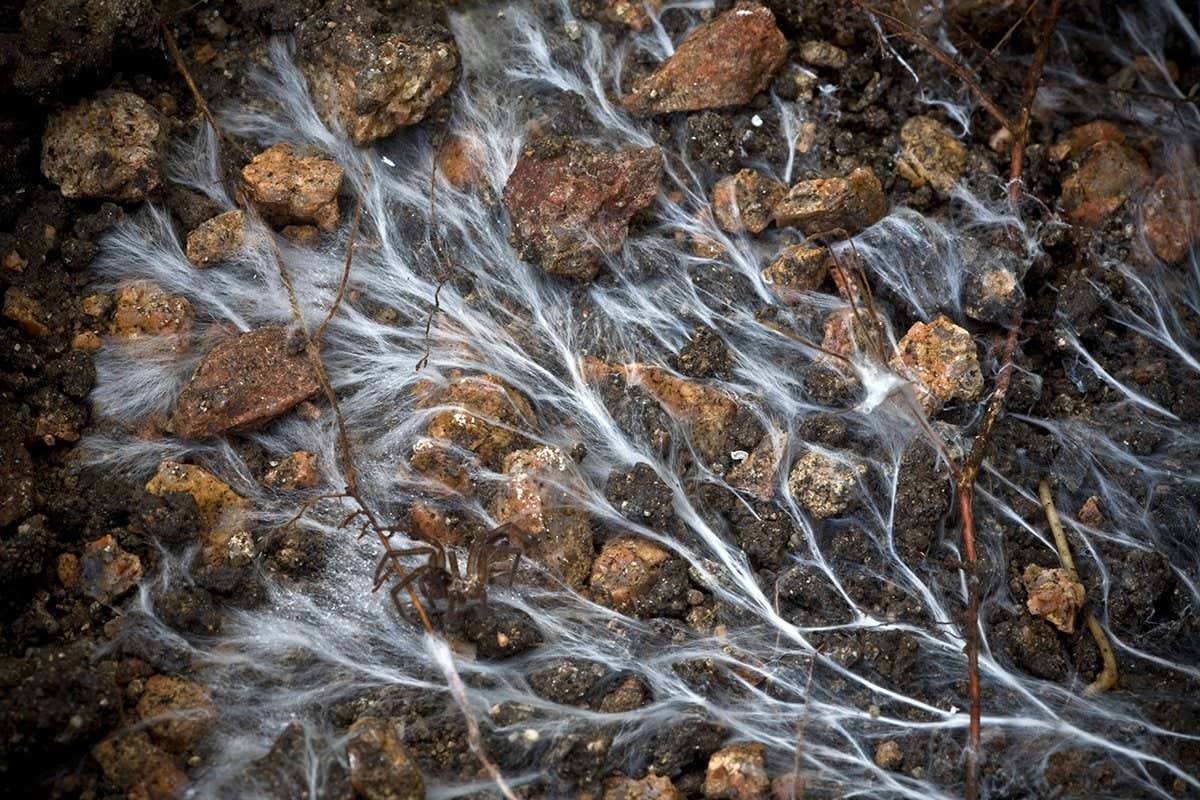Wild Fungi: Key to Enhanced Carbon Capture
Unlocking Nature's Potential: How Wild Fungi Could Revolutionize Carbon Sequestration
The climate crisis demands urgent action, and carbon capture is emerging as a crucial strategy in mitigating its effects. While technological solutions are being developed, a powerful, natural solution lies hidden beneath our feet: wild fungi. Recent research highlights the significant potential of diverse fungal networks in enhancing carbon capture and storage, offering a promising avenue for ecological restoration and climate change mitigation.
The Unsung Heroes of Carbon Sequestration
For years, the focus on carbon sequestration has largely been on trees and plants. However, the mycorrhizal networks formed by fungi beneath the soil surface play a vital, often overlooked, role. These intricate networks connect plant roots, facilitating nutrient exchange and significantly impacting carbon cycling. Mycorrhizal fungi, in particular, act as a crucial link between the atmosphere and the soil, capturing atmospheric carbon and storing it within the soil ecosystem.
- Enhanced Carbon Storage: Mycorrhizal fungi form symbiotic relationships with plant roots, increasing the plants' ability to absorb carbon dioxide from the atmosphere through photosynthesis. The fungi then store this carbon in the soil, both within their own structures and by influencing soil aggregation and organic matter accumulation.
- Improved Soil Health: The presence of diverse fungal communities contributes to healthier soils, increasing their resilience and water-holding capacity. Healthy soils are more effective at capturing and storing carbon.
- Ecosystem Restoration: Promoting the growth and diversity of mycorrhizal fungi can be a crucial aspect of restoring degraded ecosystems. Reforestation efforts, for example, can be significantly enhanced by understanding and supporting the natural fungal networks.
The Role of Biodiversity in Carbon Capture
The diversity of wild fungi is key to maximizing carbon sequestration potential. Different fungal species have different capabilities and strategies for carbon capture and storage. A diverse fungal community ensures resilience and adaptability to changing environmental conditions, optimizing carbon sequestration across various ecosystems. Monocultures, on the other hand, limit this potential.
Research and Future Directions
Ongoing research is exploring the intricacies of fungal networks and their role in carbon sequestration. Scientists are investigating:
- Mapping fungal communities: Understanding the distribution and abundance of different fungal species across various ecosystems is crucial for targeted conservation and restoration efforts.
- Developing fungal-based biotechnologies: Exploring the potential of using fungi in bioremediation and carbon capture technologies could further enhance their impact.
- Integrating fungal networks into climate change mitigation strategies: Incorporating the role of fungi into broader climate change strategies is essential for a holistic and effective approach.
Conclusion: A Natural Solution with Immense Potential
Wild fungi represent a significant, underutilized resource in the fight against climate change. By supporting the growth and diversity of these vital organisms, we can unlock their immense potential for enhancing carbon capture and storage, contributing to a healthier planet and a more sustainable future. Further research and investment in understanding and protecting these fungal networks are critical for leveraging this natural solution to its full capacity.
Call to Action: Learn more about the crucial role of biodiversity in climate change mitigation and support organizations working to protect and restore natural ecosystems. Every action, big or small, contributes to a more sustainable future.

